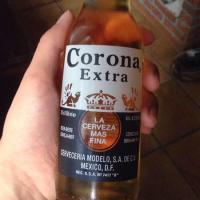Today, I basically finish the general assembly of the 3D printer, as the matching Y-carriage has finally arrived!
Zaribo Y-Carriage
I chose Zaribo’s clone of the MK42 heatbed carriage, because it doesn’t really cost a lot more than the ones from China and you get it a lot faster and great customer support!
Obviously, this project took me way longer than I expected so I want to finally get the first print done… 😉
Zaribo is a german shop for 3D printers and 3D printer parts and the shipping was very fast.
Protip: They now sell the MK3 heated bed with removable build plate!
Unfortunately, even though the little carriage was buried in a huge box full of foam “pieces”, I immediately noticed that two of the “legs” were quite significantly bent. After opening a ticket, I wrote a few E-Mails with Wolfgang Schadow who always responded very quickly and immediately offered me to send mine in (for free) and get a new one. I had also attached a few photos so he even shipped the new one as soon as DHL marked my packet as “received”.
Because of this little misfortune, it took 10 days from the original order to the day that I could actually get my hands on a good product.
The product itself is basically perfect; there’s not a lot to say about it. Just a 1:1 remake from the original files, perfectly flat and nicely coated in black.
Heatbed assembly
The heatbed was already mostly assembled (see older posts), but I still had to apply the PEI sheet. I thought it might make sense to wait for the carriage, assemble everything and then install the print surface when everything’s on the printer.
According to some people on the IRC #reprap channel (freenode) it’s instead better to do it with the heatbed off the printer.
This video by Joe Mike Terranella also showed why they said it: You must apply quite a lot of pressure and obviously with the bed on the printer, there’s the risk of bending the linear steel rods.
In general, I followed the Prusa guide and it was all very straight forward. Just a few screws to put in the right places and that’s it.
In the next post, I will talk about a little (optional) circuit for a switchable hotend fan and about the last touches that have to be done before printing.
